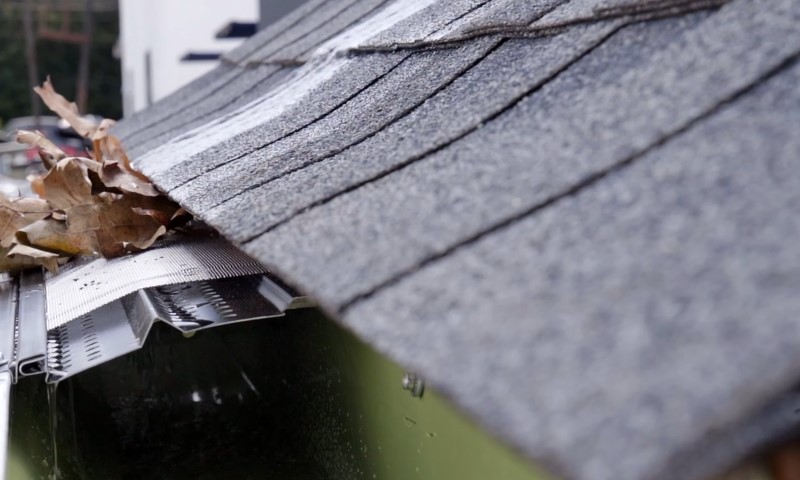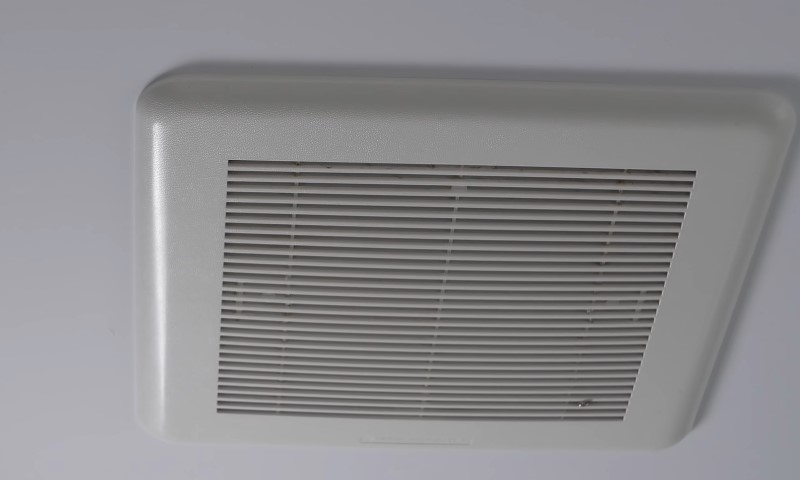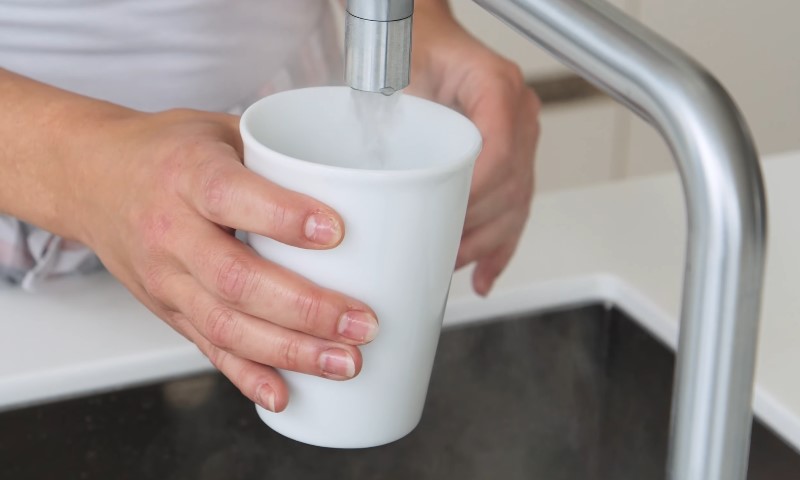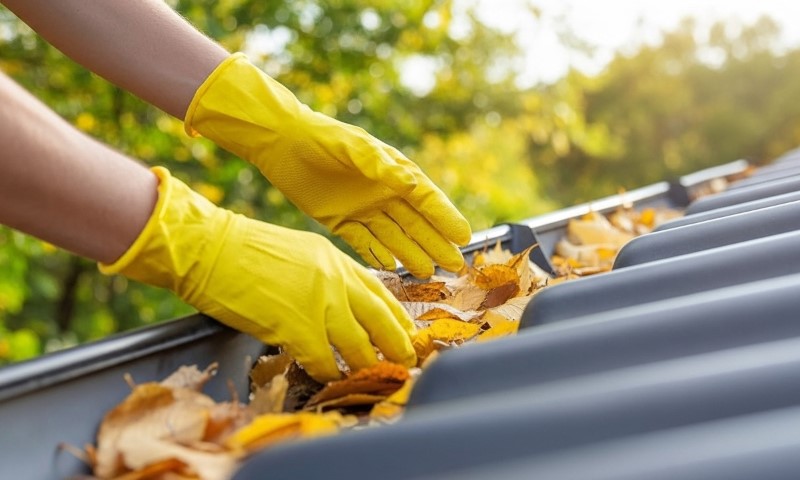A well-maintained home does not just look good; it endures. Homes that stay dry, tight, ventilated, safe, and efficient stand up better to time and weather.
Most long-lasting houses owe their health to one thing: consistent control of water, air, and heat. When those flows are managed correctly, everything from the foundation to the attic performs better and costs less to maintain.
We prepared a breakdown of how to extend your home’s lifespan using methods. Let’s get into it.
1. Keep Water Away from the Structure

Water is the main threat to any building’s lifespan. Keeping it directed away from the structure prevents rot, cracks, and costly foundation damage.
Roof, Gutters, and Downspouts
Water is the top enemy of home longevity. Roof and gutter care should happen twice a year, ideally in spring and fall.
The NRCA advises that homeowners limit their involvement to inspections and debris removal. Professional repairs prevent falls and ensure waterproofing materials remain intact.
- Clean roofs and gutters : Remove leaves, needles, and debris that trap moisture and create ice dams. If you prefer professional help, Gutter Cleaning Specialists can ensure the job is done safely and thoroughly.
- Downspout discharge : Direct water at least 5 feet from the foundation. If underground piping is used, it should carry runoff at least 10 feet away, following ENERGY STAR and Building America standards.
Grade and Site Drainage
Proper grading prevents foundation seepage and slab cracking. The Building America program recommends a slope of at least 0.5 inch per foot for 10 feet on permeable surfaces.
For concrete or other impervious materials, maintain at least a 2% slope away from the home.
Flood Risk and Mitigation
If your property sits in or near a flood-prone area, FEMA suggests elevating major appliances, sealing service penetrations, and installing backflow prevention valves. Those low-cost measures protect both structure and safety.
2. Seal the Enclosure, Then Insulate to Climate-Appropriate Levels
A well-sealed and properly insulated home keeps heat, air, and moisture where they belong. It’s the foundation of comfort, efficiency, and durability.
Air Sealing Essentials
Air leaks drive up heating and cooling costs while moving moisture through walls and ceilings.
The Department of Energy (DOE) lists high-priority leaks at attics, rim joists, top plates, duct boots, and plumbing penetrations. Caulk, foam, and weatherstripping are your first-line defenses.
Why it matters: Air infiltration changes indoor humidity, causes condensation, and strains HVAC systems.
Research from the Lawrence Berkeley National Laboratory confirms that leakage rates heavily influence both comfort and air quality needs. Once the shell is tight, intentional ventilation keeps air healthy.
Insulation Targets by Zone
Use DOE and ENERGY STAR maps to find R-values that match your region. Attic insulation typically delivers the best cost-to-benefit ratio, especially in older homes with thin coverage.
Combined air sealing and insulation can reduce heating and cooling bills by 15–20%. That’s consistent across federal research.
Windows and Doors
If replacements are due, choose ENERGY STAR-certified windows designed for your climate zone. Know two metrics before buying:
- U-factor : measures heat transfer. Lower is better.
- SHGC (Solar Heat Gain Coefficient) : measures solar gain. Match it to your region’s temperature profile.
Result : Tighter enclosure, more stable temperatures, quieter rooms, and longer lifespan for both structure and equipment.
3. Ventilate on Purpose and Control Indoor Moisture

Moisture control is about balance. You want enough ventilation to keep air fresh and surfaces dry without wasting energy. Properly vented rooms stay healthier, last longer, and prevent mold before it starts.
Bathrooms and Kitchens
Moisture control starts with proper exhaust. Fans must vent outdoors, never into the attic or soffit.
The DOE specifies minimum airflow rates for both spot and continuous ventilation. ENERGY STAR-rated fans cut energy use by nearly half and operate quietly enough to be used consistently.
Whole-House Strategy
As homes become tighter, they need controlled air exchange. Balanced or continuous low-flow ventilation keeps indoor air fresh without wasting energy.
When using continuous bathroom fans as a whole-house system, confirm ducts terminate outdoors and remain clean.
Mold Basics
The Environmental Protection Agency’s 2026 guidance is direct: fix leaks immediately, dry wet materials within 24-48 hours, and vent humid air outside. Those steps prevent microbial growth and protect materials from decay.
Result : Stable indoor humidity, cleaner air, and fewer long-term material failures.
4. Maintain HVAC for Efficiency and Longevity
Heating and cooling systems age faster without attention. Routine maintenance keeps airflow steady, energy use low, and equipment running longer.
Filters and Routine Service
The DOE recommends replacing filters every 1–2 months during active seasons. Dusty or pet-filled homes may need even more frequent changes. Dirty filters reduce efficiency and shorten blower life.
Annual tune-ups prevent performance decline. ENERGY STAR recommends checking refrigerant levels, condensate drains, and coil cleanliness. A tight electrical check also prevents costly motor failures.
Duct Sealing and Insulation
Unsealed ducts waste 20% or more of conditioned air. Focus on ducts in attics, crawlspaces, and garages. Mastic or UL-181 tape should be used for sealing, not standard cloth tape, which fails under heat.
Smart Controls
Smart thermostats fine-tune comfort and cut runtime automatically. ENERGY STAR estimates savings of about $100 annually for a typical home, depending on climate and utility rates.
Result : Steadier indoor comfort, reduced compressor wear, and fewer repair calls.
5. Optimize Hot Water for Safety, Durability, and Lower Loads

Hot water systems quietly consume more energy than most homeowners realize. A few simple adjustments and upgrades can make them safer, more efficient, and longer lasting.
Set and Verify Temperatures
A 120 °F setpoint is the sweet spot for most homes. It saves energy and reduces scald risk. Both the DOE and Consumer Product Safety Commission endorse that number. Check the temperature periodically at a faucet with a thermometer to confirm.
Equipment Upgrades
If your water heater is nearing the end of its life, a heat pump model can cut water heating energy use by 60% or more.
The National Renewable Energy Laboratory found substantial real-world savings across multiple climates.
Water Waste and Leak Prevention
EPA’s WaterSense data shows the average home wastes about 10,000 gallons yearly from leaks, often from toilet flappers or faucet drips. That’s money lost in both water and energy since hot water leaks double the waste.
6. Life-Safety Systems That Actually Work
A house can only be as safe as the systems protecting it. Reliable alarms and regular checks prevent tragedies and keep every occupant secure.
Smoke Alarms
Every level of your home, including basements, needs smoke alarms in all bedrooms and hallways. The NFPA advises monthly testing and replacement every 10 years.
Carbon Monoxide Alarms
Install CO alarms near sleeping areas and on each floor. Test regularly and follow manufacturer replacement intervals. Combination smoke/CO units are acceptable if certified.
Result : Verified early warning for life-threatening hazards. Safe occupancy depends on alarms that actually function.
7. Wildfire, Flood, and Disaster Resilience That Preserves Value

Disasters don’t just threaten safety; they can erase decades of investment. Strengthening your home’s resilience reduces loss and speeds recovery.
Wildfire Exposure Basics
Roof and gutter cleaning are vital for fire resistance. Embers often ignite debris before flames reach the structure.
Use 1/8-inch metal mesh over vents or ember-resistant vent designs, and maintain a non-combustible buffer zone of at least 5 feet around the house.
The IBHS outlines those details in its Wildfire Prepared Home checklist.
Flood-Resistant Choices
For flood-prone areas, FEMA advises elevating utilities, using water-tolerant materials below expected water lines, and adding backflow valves on drains. The goal is to recover quickly and reduce total loss if flooding occurs.
Result : Higher resilience, faster cleanup, and lower insurance claims.
8. Radon Testing, Then Mitigation if Needed
Radon is invisible, odorless, and present in varying levels across the U.S. The EPA and CDC recommend testing every home, even those built with radon-resistant features. Re-test after major renovations or occupancy changes.
If results exceed 4 pCi/L, mitigation systems are straightforward and proven effective—typically sub-slab depressurization or active ventilation.
Result : Health protection and preserved resale value through documented indoor air safety.
9. High-Leverage Checklist, by Season

A well-timed maintenance routine keeps small issues from becoming major repairs. Use this seasonal checklist to stay ahead year-round.
Spring
- Clean roofs and gutters; check downspout extensions (5+ feet from foundation).
- Change HVAC filters and schedule cooling system tune-up.
- Seal attic and rim-joist gaps identified over winter.
Summer
- Run and maintain exhaust fans during use.
- Inspect grading; correct settled areas.
- Test smoke and CO alarms; replace units older than 10 years.
Fall
- Clean gutters again before leaves accumulate.
- Seal air leaks and add insulation if below DOE guidance.
- Service heating equipment; inspect ducts in unconditioned spaces.
Winter
- Verify water heater temperature (120 °F).
- Insulate exposed hot water pipes.
- Watch humidity and window condensation; increase ventilation if needed.
- Keep downspouts clear and monitor for freeze-thaw seepage.
Result: Each small seasonal habit adds measurable longevity. You catch minor issues before they evolve into costly structural failures.
10. Evidence-Based Upgrades That Compound Over Time
Prioritize the highest return-on-investment improvements based on federal research data.
| Upgrade | Source | Typical Savings or Benefit | Longevity Impact |
| Air sealing + attic insulation | DOE / ENERGY STAR | 11–20% energy savings | Prevents condensation and material decay |
| Duct sealing + smart thermostat | ENERGY STAR | 10–15% HVAC energy savings | Reduces wear, extends system life |
| Heat pump water heater | NREL | Up to 64% water heating savings | Reduces corrosion and moisture risk |
| Proper downspout discharge | Building America | Prevents foundation movement | Avoids cracks and mold growth |
| Life-safety alarms (10-year replacement) | NFPA / CPSC | Reduces injury and property loss | Extends safe occupancy |
| Radon testing + mitigation | EPA / CDC | Health protection | Sustains resale and livability |
Sample Maintenance Calendar You Can Reuse
View this post on Instagram
| Frequency | Tasks | Purpose |
| Monthly | Check HVAC filters and smoke/CO alarms | Maintain airflow and safety readiness |
| Quarterly | Inspect under sinks, toilets, and appliances for leaks | Prevent mold and water damage |
| Semiannual | Clean roof and gutters; service HVAC | Maintain drainage and efficiency |
| Annual | Conduct radon test; check attic insulation; clean dryer vent | Ensure air quality, energy control, and fire safety |
| At Equipment End-of-Life | Replace resistance water heater with heat pump model; install ENERGY STAR windows/doors | Improve efficiency and durability |
The Bottom Line
A home lasts when it stays dry, sealed, ventilated, and safe. Every federal and research-backed guide, from DOE to EPA to FEMA, follows the same hierarchy:
Keep water out, seal and insulate, ventilate properly, maintain systems, and keep alarms current.
That combination builds a structure that resists decay, maintains comfort, and saves energy year after year. Energy efficiency is a bonus; durability is the return that compounds over decades.

